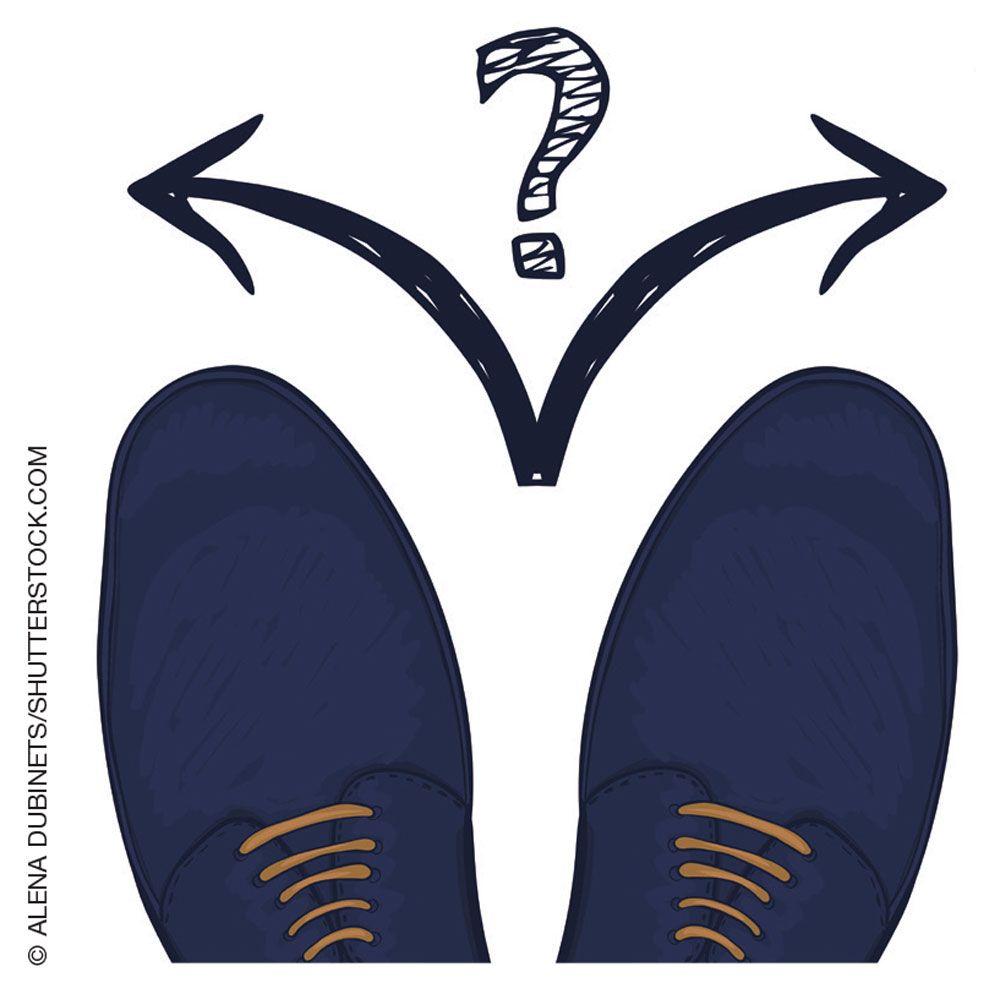Publication
Article
Psychiatric Times
Update on Geriatric Depression and Anxiety
Author(s):
Many older adults experience loneliness, profound psychosocial changes, and loss. Screening, recognition, and treatment of mood disorders in late life significantly decrease morbidity associated with many problems encountered by the elderly.
BRIEF COMMUNICATION
Editor’s note: This article summarizes the American Psychiatric Association Annual Meeting Course 0209, “Updates in Geriatric Psychiatry,” which took place on Saturday, May 16, at the Sheraton Centre Toronto Hotel, 2nd Floor, Dominion Ballroom North, from 8 AM to 12 PM. Dr Trevisan, Associate Clinical Professor in the Department of Psychiatry at the Yale School of Medicine and the Acting Chief of Psychiatry at VA Connecticut Healthcare System, was one of the presenters.
[[{"type":"media","view_mode":"media_crop","fid":"23910","attributes":{"alt":"depression in the elderly","class":"media-image media-image-right","id":"media_crop_4416801470268","media_crop_h":"0","media_crop_image_style":"-1","media_crop_instance":"3120","media_crop_rotate":"0","media_crop_scale_h":"0","media_crop_scale_w":"0","media_crop_w":"0","media_crop_x":"0","media_crop_y":"0","style":"float: right;","title":"Louis A. Trevisan, MD","typeof":"foaf:Image"}}]]In the elderly, mood disorders often accompany substance use disorders and anxiety disorders. Moreover, they portend dementing illness and other medical problems of the elderly. It is estimated that the prevalence of major depression is 1% to 3% in the elderly population; it is higher (6% to 14.4%), however, in long-term–care facilities.1 Some of the biological factors that contribute to risk of late-life depression include female sex, vascular changes, and comorbid medical illness. Significant psychosocial factors include disability and functional decline as well as loss of a spouse or other loved one.
Screening, recognition, and treatment of mood disorders in late life significantly decrease morbidity associated with many problems encountered by the elderly. The elderly completed 18% of all suicides in 2000, while individuals 65 years or older made up 13% of the population.2
Many older adults experience loneliness, profound psychosocial changes, loss of a spouse, and stresses associated with chronic medical problems, as well as the surreptitious, harmful, and often hazardous use of alcohol and prescription opioid medications. Prescription pain medications and sedative anxiolytics are regularly started by primary care physicians or general psychiatrists who treat patients with chronic pain and anxiety. These medications are often ineffective in the long run and become extremely difficult to terminate. They may, in fact, contribute to the depressive symptoms experienced by so many of the elderly.
Mood disorders in the elderly (eg, major depression) respond to several different approaches, such as antidepressants, psychotherapy, and ECT. Traditional antidepressant augmentation strategies as well as specialized evidence-based and supportive psychotherapy are widely used in late-life depression, and ECT has been found to be safe and effective in late-life treatment-resistant depression.
Treatment of late-life depression is important in terms of reducing caregiver burden. The elderly population is growing as is medical burden. We are keeping people alive longer and they often become sicker and more vulnerable to loneliness, substance misuse, and despair. Treatment of depression in later life offers remarkable opportunities to effect real change in people’s lives. Treating depression and substance abuse in the elderly has the promise of not only helping the individual but also reducing the burden on caregivers.
Our ability to screen for substance use and psychiatric problems in the elderly has improved, but many problems still go undetected and undertreated. We are experiencing a rapid increase in the number of older adults with psychiatric problems and substance misuse that need informed/expert treatment. Currently, there are fewer than 1900 board-certified geriatric psychiatrists in the US.
Given our current educational models, it will be impossible to train adequate numbers of geriatric psychiatrists to meet the growing needs for clinical services for older adults with psychiatric illness. Because of the shortage of geriatric psychiatrists, general adult psychiatrists, primary care clinicians, advance practice nurses, and physician assistants will be expected to ease the burden and care for many of our older adults with psychiatric substance use problems.
The theme of depression in late life transcends all of the talks that were offered in course 0209 at APA 2015. The course on geriatric mood, anxiety, psychosis, and substance use disorders provided valuable updates on the epidemiology, signs, symptoms, assessment, and evidence-based treatment of these growing concerns. It is imperative that if we are to address the needs of the elderly, more general psychiatrists, primary care physicians, and advanced practice nurses have to learn to recognize and treat the problem as well as know when to refer to the geriatric or addiction psychiatrist for specialized treatment.
This article was originally posted on May 8, 2015 and has since been updated.
Course summary at APA
Updates in Geriatric Psychiatry at the APA Meeting is designed for the general psychiatrist, advanced practice nurse, or primary care physician. Four Faculty contributors from Yale University Department of Psychiatry and the University of Connecticut, Department of Psychiatry, are presenting this Update in Geriatric Psychiatry.
The Topics covered will include Geriatric Depression, Anxiety, Psychosis in Late Life, and Substance Abuse in Late Life. These topics will be covered by Kristina Zydanis, MD, of the University of Connecticut School of Medicine; Kirsten Wilkins, MD; Ilse Weichers, MD, MHS; and Louis Trevisan, MD, MEd, of Yale University School of Medicine.
Course Director Rajesh Tampi, MD, of Case Western Reserve and Yale University Schools of Medicine, is an award-winning educator and leader in the field of geriatric psychiatry. The educational objectives of this course include helping the generalist understand the epidemiology, assessment, and treatment of mood disorders, anxiety disorders, depression, psychotic disorders, and substance use disorders in older adults.
Upon completing the course, attendees will have a better understanding of the neurobiology and treatment of these prominent issues in the aging population. Additional emphasis will be placed on the screening and formal assessment of these disorders in late life. The course will discuss 4 major psychiatric disorders in late life: mood disorders, anxiety disorders, psychotic disorders, and substance use disorders. The course intends to be a one-stop shop for those who hope to receive the most up-to-date information on these psychiatric disorders in late life. Of particular interest is the lecture by Dr Zydanys on depression and mood disorders in the elderly.
Disclosures:
Dr Trevisan is Associate Clinical Professor in the department of psychiatry at the Yale School of Medicine in New Haven, Conn. He is the Acting Chief of Psychiatry at VA Connecticut Healthcare System. He is certified in addiction and geriatric psychiatry and teaches in both the addiction and geriatric psychiatry fellowships at Yale University.
References:
1. Hybels CF, Blazer DG, Hays JC. Demography and epidemiology of psychiatric disorders in late life. In: Blazer DG, Steffens DC, eds. The American Psychiatric Publishing Textbook of Geriatric Psychiatry. 4th ed. Washington, DC: American Psychiatric Publishing; 2009:19-44.
2. Attupurath R, Menon RC, Nair SV, et al. Late-life depression. Ann Longterm Care. 2008;16(12 suppl 1):21-29.






